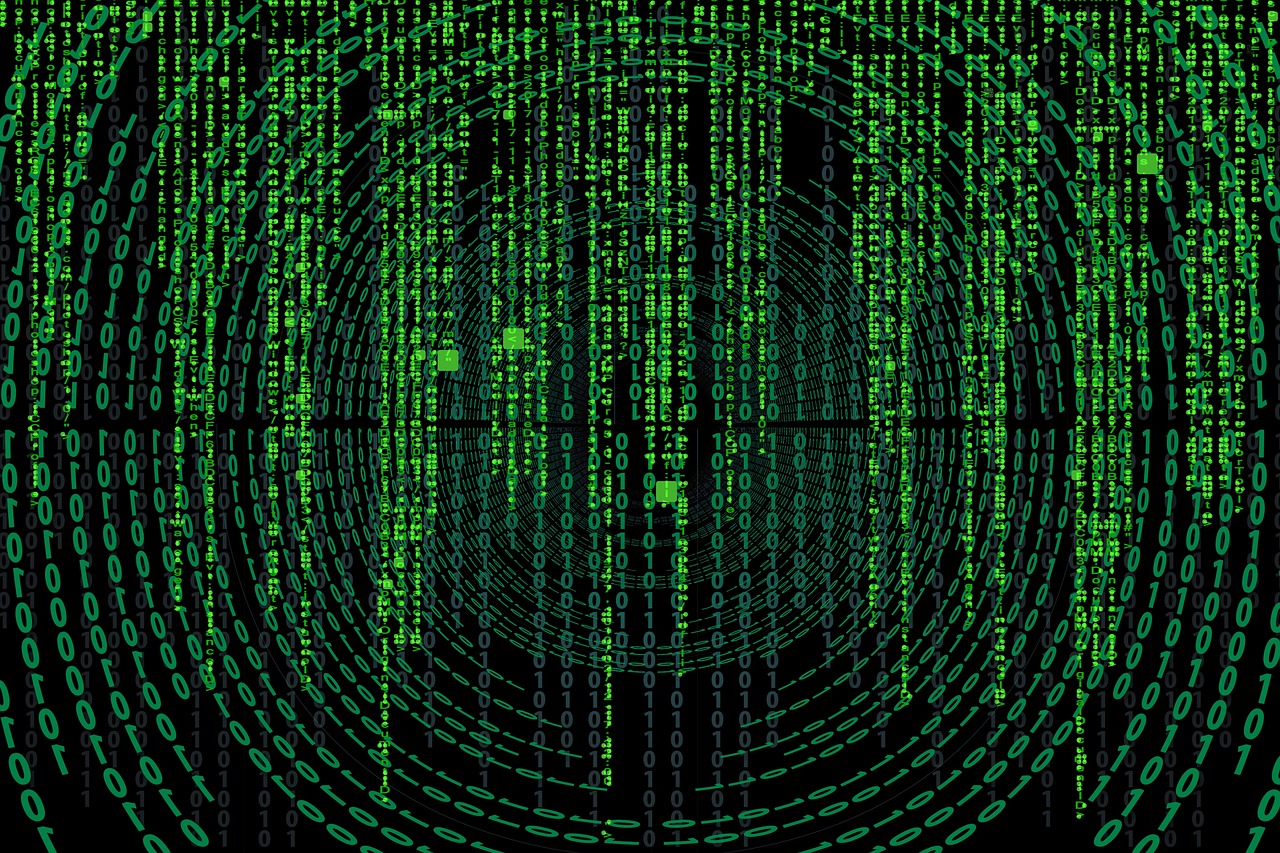
Many people spend a lot of time on the Internet, it is fun and informative, however, it can pose numerous risks for people who surf it. Web pages can contain malevolent code that, when executed, can damage your computer. Irrespective of the time spent online you are vulnerable and might soon be turning to the question of computer virus removal…
If you suspect you have been infected what do you do? Basically, you need to determine what you are infected with and then do your research to find the best computer virus removal tools to rid yourself of the virus. Inside this online marketing site, you will find information on various threats, like spyware, trojans and viruses. Firstly let’s look at what a virus is, and then we will move on to how to remove a virus from a computer…
What is a computer virus?
We all heard the word “computer virus”, or just “virus”. Some of us have even encountered one or more of these malicious computer programs. However, what exactly is a computer virus? A computer virus is a malicious computer program that can copy itself onto a computer and infect it. This is done without permission from the owner.
There are a number of other categories of computer programs that are erroneously called viruses, like spyware, malware, adware, worms, trojan horses, rootkits, etc. However, a true virus can only spread if its host is taken to another computer. Viruses can be sent over the Internet or a network, or on floppy disks, CDs, DVDs, or USB drives.
A list of potential computer virus carriers
There are a lot of potential virus carriers available. We will list the most important ones below:
- .bat files – files that have a .bat extension
- Microsoft Office files – virtually any file produced by MS Office
- Email attachments – be very careful when opening attachments
- .exe files – any file with a .exe extension
- Image files – any image file (jpg, gif, png, etc) can contain one or more viruses
- CDs
- DVDs
- Hard Disks
The list can go on. Therefore, as you can see, although it was created with the best intentions in mind, the Internet is far from being a safe place. You never know how a virus gets onboard. Once it infects a PC, it is generally very hard to get rid of and computer virus removal can become a huge issue if unprepared. You might even be forced to manually remove registry entries – a very dangerous action even for experts! So it is vital that you install a good antivirus in your computer…
Important facts about computer viruses
Many people are unaware of some simple facts about computer viruses. For example, these computer programs need to have permission to execute code and write to memory in order to replicate themselves. This is why many of these malicious programs attach themselves to executable files (.exe) and infect the machine when the user runs the executable.
There are two types of computer viruses: resident and nonresident. When run, a resident virus loads itself into memory and transfers control to the host program. Nonresident viruses start searching for a new host immediately after being run. We can expand on this subject but we would be going into some very technical details.
Security issues
If you are reading this, it means that your computer is, or was, connected to the Internet or to a local area network. This means you are, or were, very vulnerable to computer viruses. If you do not have proper protection (antivirus, firewall, etc), it might be too late, so it is important to understand about computer virus removal methods.
The first thing you should do is install a good security suite containing a firewall and an antivirus. There are a lot of these suits from different antivirus companies, so have a look at my reviews of good computer virus removal software packs. Although it will cost you some money, you must have one of them! Please note that having more than one antivirus or firewall installed can lead to errors and security breaches. The second thing to do is initiate a full scan of your computer. Make sure you remove all the malicious programs you find!
